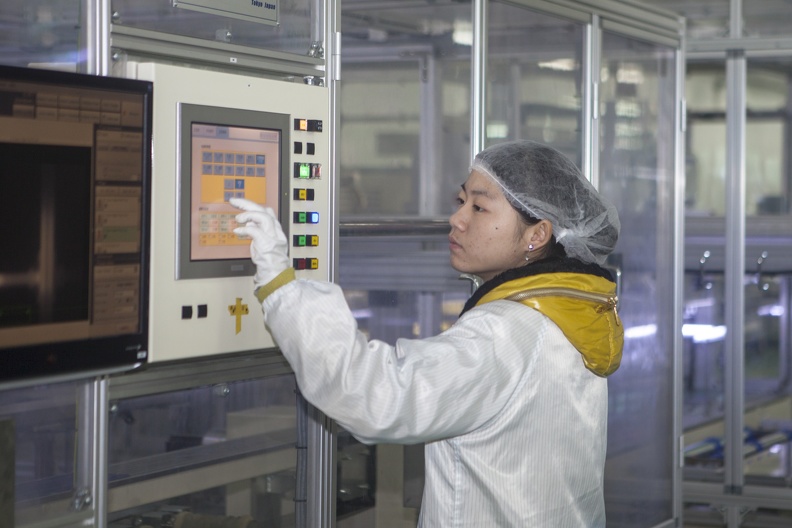Energy management
Courtesy : www.unido.org/
An energy management system (EnMS) is a framework for energy consumers, including industrial, commercial and public sector organizations, to manage their energy use. It helps companies identify opportunities to adopt and improve energy-saving technologies, including those that do not necessarily require high capital investment. In most cases, the successful implementation of an EnMS requires specialized expertise and staff training.
According to the International Organization for Standardization (ISO), an energy management system involves developing and implementing an energy policy, setting achievable targets for energy use, and designing action plans to reach them and measure progress. This might include implementing new energy-efficient technologies, reducing energy waste or improving current processes to cut energy costs.
“Energy efficiency is the fastest, lowest cost and lowest risk approach to reducing greenhouse gas emissions in most organizations” – Liam McLaughlin, energy systems specialist, UNIDO
Why should an organization implement an Energy Management System?
There are now many hundreds of examples of industrial and other organizations that have significantly improved their energy performance through the implementation of an EnMS. They have succeeded in reducing energy costs; reducing other related costs; reducing their exposure to volatile energy prices and often; more importantly, in getting better control over their technical processes and improving productivity and process stability. If your organization is willing to put in the effort and commitment to implement an effective EnMS, it can help to transform many aspects of your technical processes.
What are some common misconceptions about an EnMS?
Many companies purchase software and have the impression that this is an energy management system, but it is not. The purpose is to save energy and it’s very common to keep forgetting this. We do need check lists, we do need processes, auditing and software, but ultimately this must all lead to energy savings. At the end of the day, an EnMS is mostly about people and management.
“The most important result that we have achieved thanks to our steady efforts to monitor and manage our energy resources has been to get all our employees thinking about energy and committing to saving it.” – Saad Abdel-Naby, Quality Assurance Executive Manager and Energy Manager at Al Ezz Dekheila Steel Company (EZDK), Egypt
What do you need for an effective EnMS?
Organizations that are successful in implementing EnMSs generally have a committed energy manager. Such managers are able to overcome the inevitable obstacles encountered in what is essentially a change management process. They are successful in getting support from top management and in persuading their fellow energy team members to deliver on the promise of a systematic approach to energy management. Support, leadership and commitment from the top are essential.
How can energy management become the norm?
Education is the foundation of energy management, and will be most effective when it is a subject taught from the lowest grade at school through to the highest at university. Until then, every business or institution or workplace should, as part of induction, contribute by educating employees about efficient use of energy so that it can become part of everyone’s culture. Examples could be displayed; meters could be used to show the environmental and financial costs, creating first awareness and then behavioural change. Promoting this with as many people as possible is what drives the foundation of good energy management and the “culture of energy performance improvement” highlighted in ISO 50001.
UNIDO’s Energy Management System (EnMS) starter kit provides an overview for leadership teams on what an EnMS is and how implementing one can bring added value to your organization. In this kit you will find insights from UNIDO’s global experts as well as external links to recommended references, case studies, manuals and technical guides. Download UNIDO’s Energy Management System starter kit here
See: UNIDO’s Practical Guide for Implementing an Energy Management System




